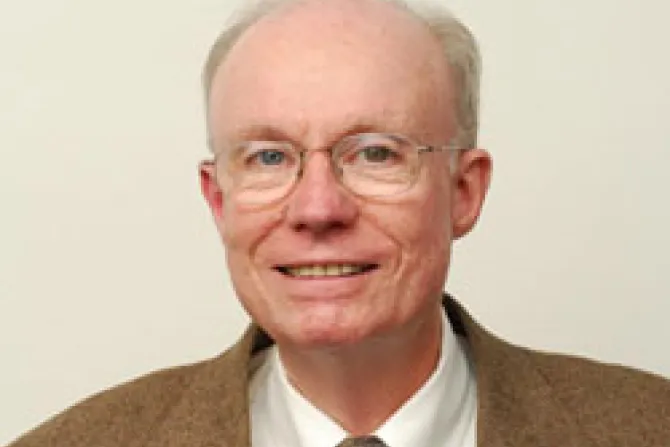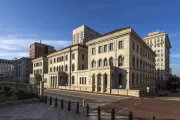Perhaps most disconcerting, Dr. Convey cited a “weak Catholic identity” on the part of Catholic schools either based in actual fact or simply perceived as such by parents.
He said that many families today believe that a Catholic school is not strong enough in the “value-added” component that would make it different from a public or charter school.
The education expert added that families without sufficient income to afford tuition can be a problem which is “exacerbated if adequate tuition assistance is not available.”
“In some cases, money is an issue; families can't afford the tuition and insufficient tuition assistance is available to help them. In other cases, parents are unwilling to pay for a Catholic school if they perceive that the public schools, charter schools or other private schools in their area are adequate.”
Dr. Convey also noted that accusations of sex abuse by clergy have “had an impact on diocesan budgets from huge legal settlements.”
Lastly, he said parents often “don’t sufficiently value Catholic education” and would rather “have their children educated in the public school even though they could afford to send them to a Catholic school.”
Dr. Convey explained that in order to combat plummeting school enrollment, the “Church and each individual Catholic school needs to be more vocal about the importance of the schools and their effectiveness in both the academic and religious formation of the students.”
He added that public relations and marketing along with effective leadership at both the local and diocesan levels are “essential for renewing interest in Catholic schools.”
“Locally,” he emphasized, “leadership rests in the principal, the pastor, the school board, and the faculty. The attitude and support of the pastor is especially important in that he signals to the entire community about whether the school is an important mission of that parish and the Church.”
In an article for America Magazine on Sept. 13 last year, Archbishop Timothy M. Dolan of New York noted many of Dr. Convey's same concerns on the decline in Catholic school enrollment.
He underscored the documented benefits of a Catholic education for students, such as better test scores, deeper spirituals lives and greater community involvement. He then called it the “ecclesial duty” of all American Catholics to increase the number of students in Catholic schools today.
(Story continues below)
Subscribe to our daily newsletter
Archbishop Dolan said that to “re-grow” the Catholic school system, “today’s efforts need to be rooted in the long-term financial security that comes from institutional commitment through endowments, foundations and stable funding sources and also from every parish supporting a Catholic school, even if it is not 'their own.'”
“Strong Catholic schools strengthen all other programs of evangelization, service, catechesis and sanctification,” he wrote. “The entire church suffers when Catholic schools disappear.”
Marianne is a journalist with a background in writing and Catholic theology. When not elaborating on the cinematic arts, she enjoys spending time with people, reading thick books and traveling anywhere and everywhere.




